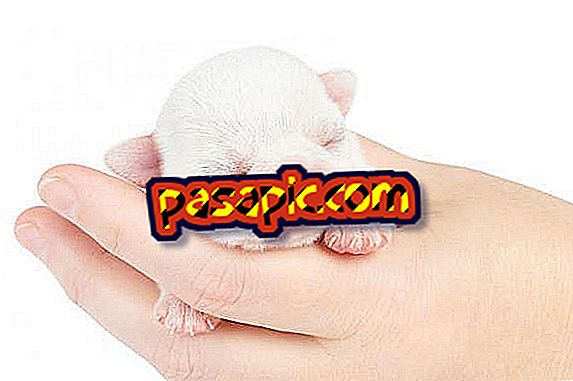How to interpret facial language

Body language is one of the most powerful tools available to human beings. We can try to hide our feelings even we can be lacking in the truth, but our body language will betray us in an instant. 93% of communication is non-verbal, smiles, looks, hugs, indifference, all are part of the order of body language. Every day we travel with the world communicating through gestures and attitudes and many times it is difficult for us to interpret what other people are transmitting to us through them. Next, we will introduce you how to interpret facial language.
one
The look as a positive attitude . The way we look at others in certain situations is one of the most powerful tools we have to express our true feelings. When we make eye contact, we are generally showing interest, it also shows an open and positive attitude. The eye contact should not be cold and prolonged, since in many cases, we could transmit hostility towards the other person. Through the gaze, we transmit love, desire, appreciation, trust, among others.
two
The look as a negative attitude. The look also shows feelings like anger, distrust, insecurity. That is why, depending on the situation in which we find ourselves, the look will have different connotations. For example, dodging the look, may mean that this is hiding something or in another situation may be a person we like and yet we try to avoid eye contact.
3
The smile as a positive attitude . This is one of the easiest aspects to detect. We all know how to recognize when a smile is natural or forced. The natural smile generates openness, confidence and a series of positive aspects, provided that it occurs in favorable conditions. When the smile is of low intensity, it shows certain characteristics such as lack of confidence and shyness. However, when, on the contrary, the smile is of greater intensity, to the point of showing the teeth, we are facing a person who is very confident of himself and who shows us cordiality.
4
The smile as a negative attitude . The forced smile conveys a certain distrust and insecurity. This usually occurs in situations that are uncomfortable for the person. Accompanying this gesture is a look that dodges the other person's gaze in a sign of disagreement or hostility. When the smile involves little facial movement and reduced facial expression, we are facing a forced smile.
5
Head movements When we are in front of a person who, while we are talking, continually shakes his head, nodding at everything we say, we can face two situations: that he is interested in what we are saying or that he is bored and wants to escape from this situation. However, if the head is tilted slightly forward and to the side, it means that you are listening attentively.
6
Eyebrows The movement we make with the eyebrows also reflects the feelings and thoughts of the people. Thus, when we are surprised we almost automatically raise our eyebrows. When we are angry, on the contrary the eyebrows go down, forming a pucker between the two.


